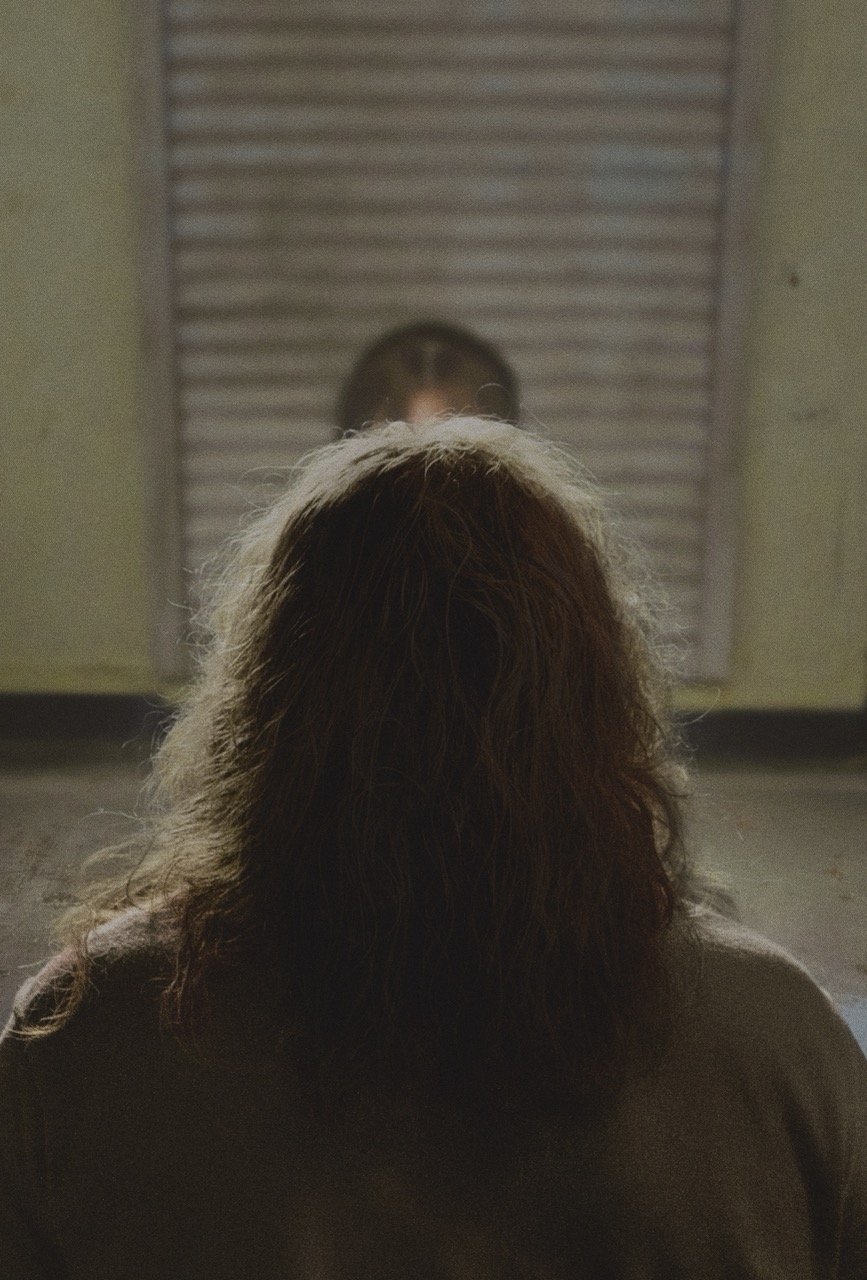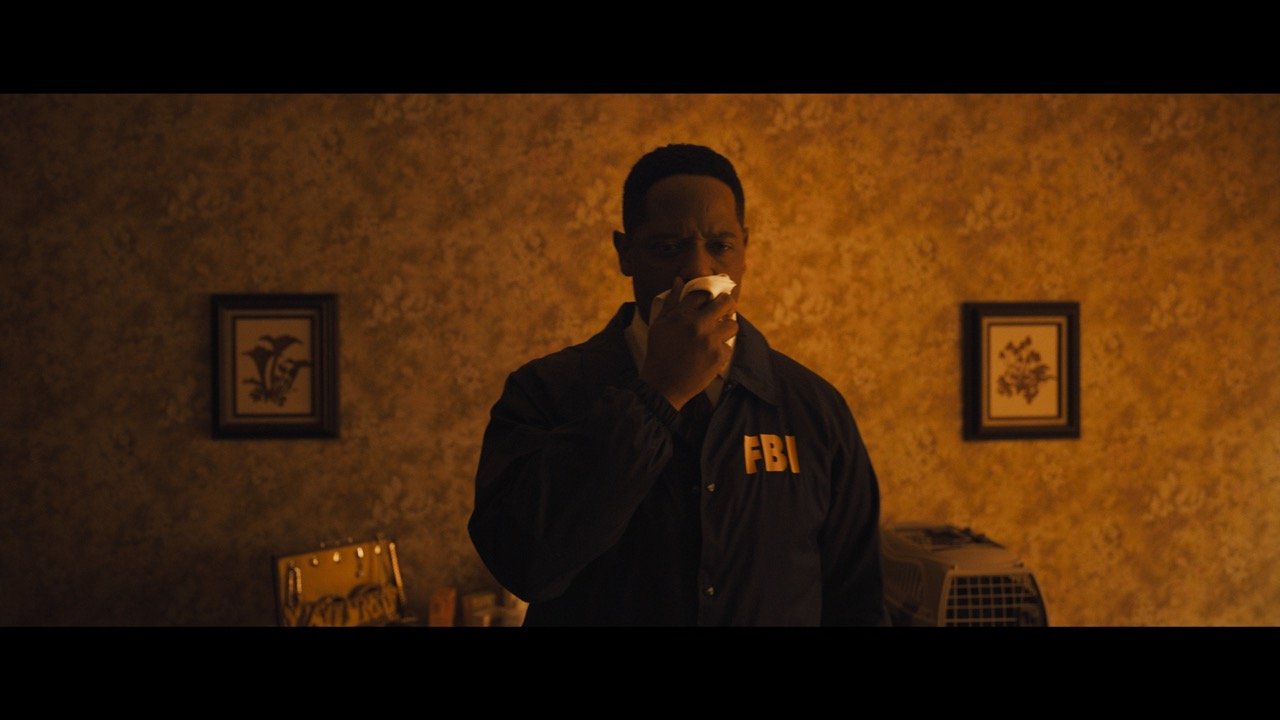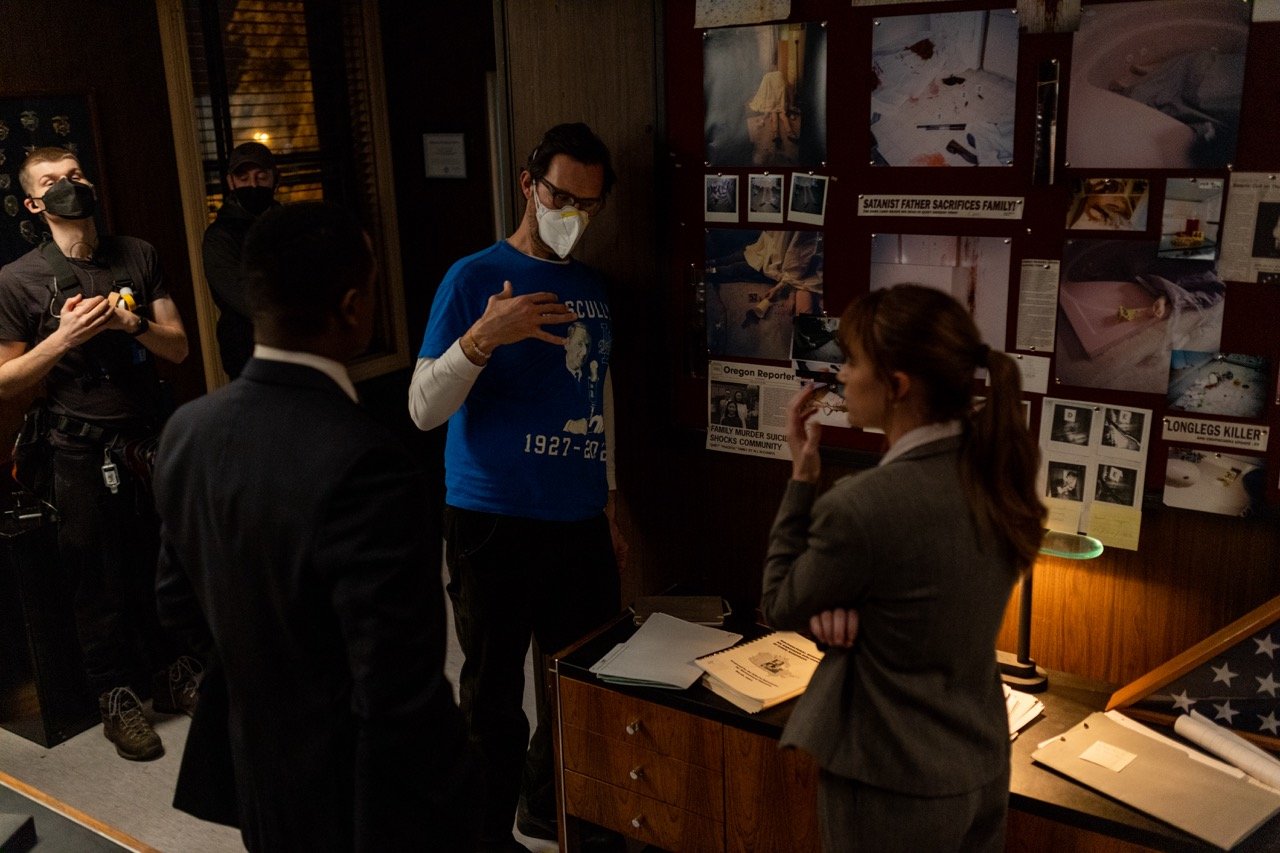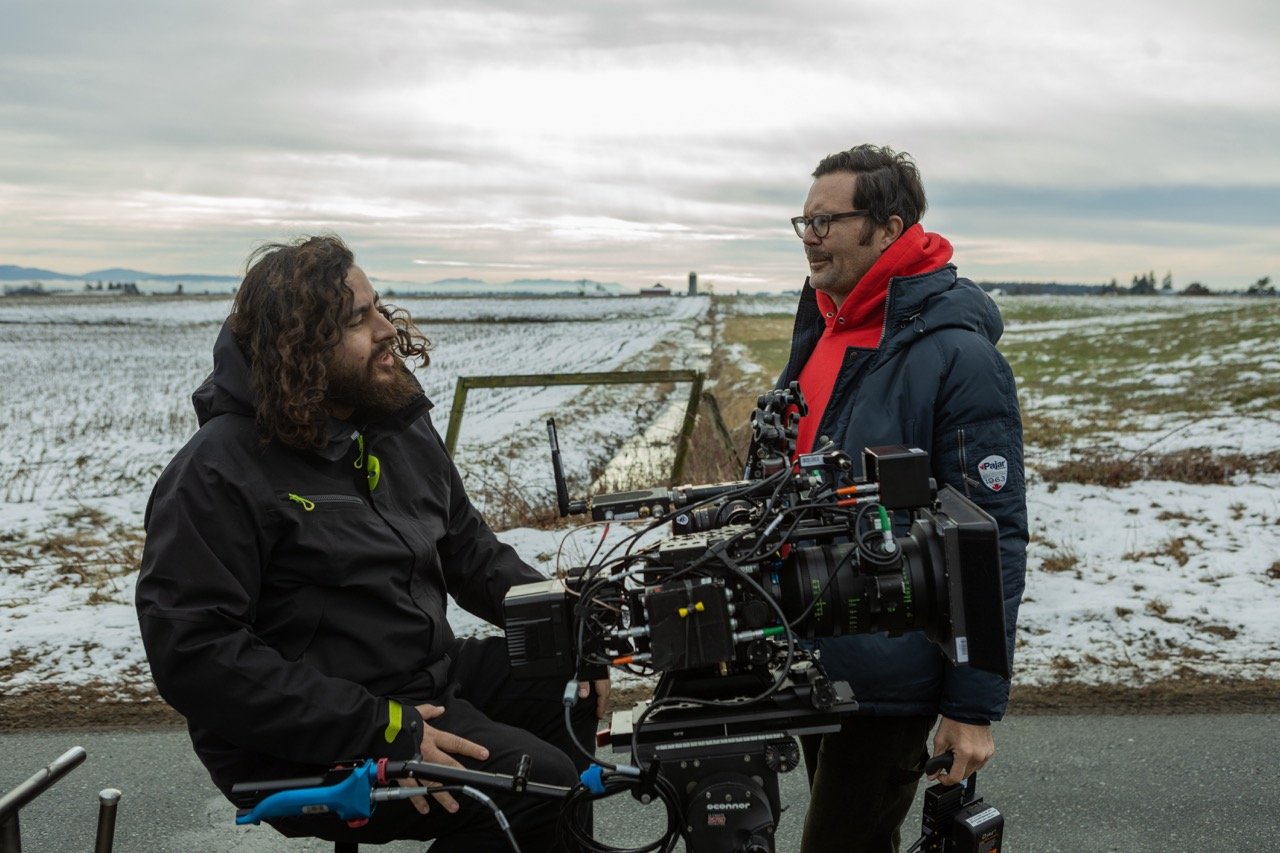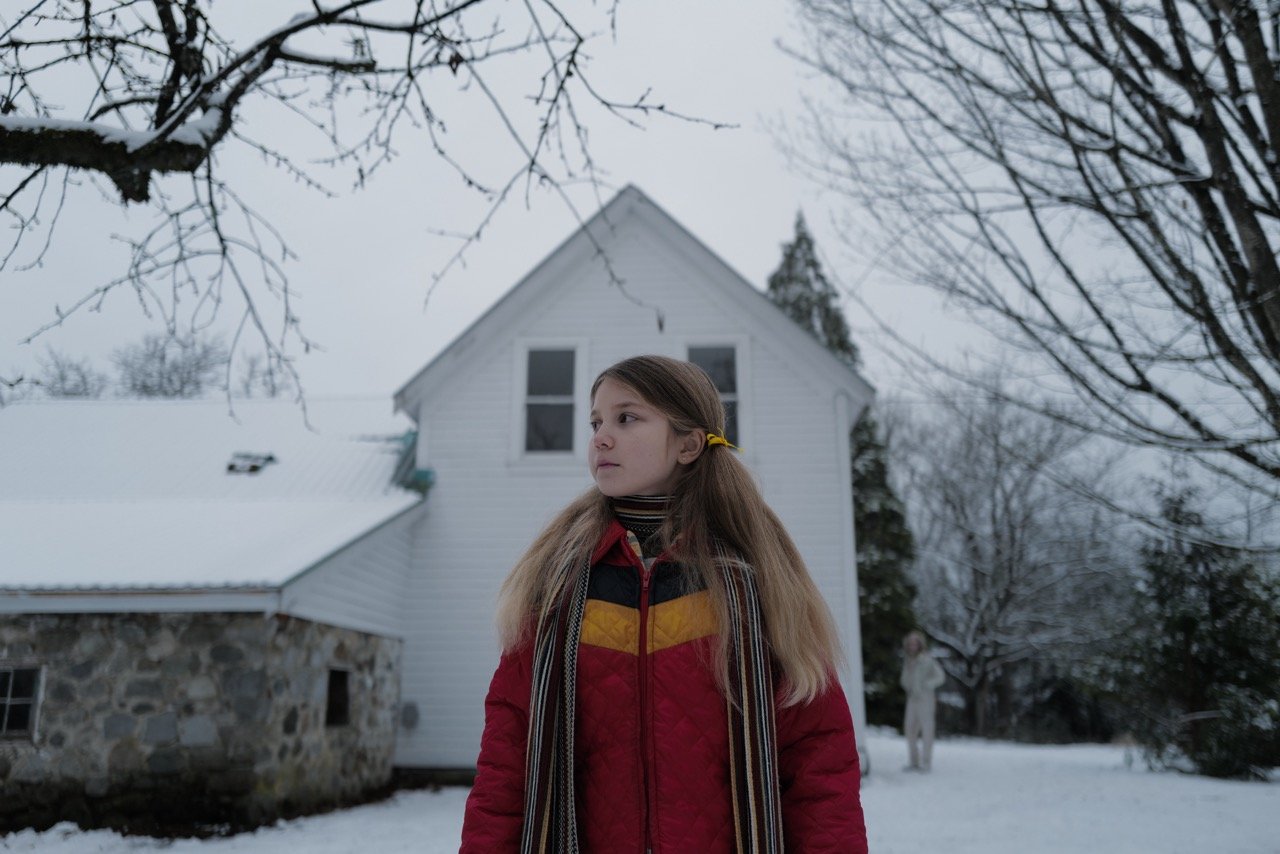Longlegs Review
Introduction
Longlegs is an interesting film to talk about. Neon’s marketing kept audiences in the dark until the first teaser trailer for the film, which built an air of mystery and high expectations around Longlegs. This unconventional approach mirrored the film’s own mysterious and suspenseful nature. As a psychological horror thriller, Longlegs combines bone-tingling suspense with a slow-burn narrative, reminiscent of classic horror films. In the months since, Neon has been featuring pull quotes that the film is “the scariest film of the decade” and it’s “the next Silence of the Lambs” from reviewers on each poster that has been released to date.
Given the bold marketing strategy that Neon has been utilizing for the film and the pull quotes it has been choosing for posters, this made for a complicated experience for me. Specifically, I was worried that the film wouldn’t live up to the hype and other reviewer’s claims.
Plot Summary
But I’m getting ahead of myself - what is Longlegs even about? In short, the film follows newly recruited FBI agent Lee Harker (Maika Monroe) as she investigates a series of unsolved murders spanning two decades that were potentially carried out by a serial killer who refers to himself as Longlegs (Nicholas Cage). As Lee delves deeper into the case, she uncovers unsettling truths about the killer’s methods and motivations, leading to a cat-and-mouse game that tests her solve and sanity.
At its core, Longlegs explores themes of isolation and obsession, questioning how far one will go to uncover the truth and its toll on their psyche.
Cast
Now that you’re up to speed on Longlegs, let’s discuss the cast.
Monroe and Cage are likely what most people are looking forward to in this movie, and their performances are on opposite ends of the spectrum for me.
Monroe’s Lee Harker is quite reserved and isolated from others, to the point where she lives in a cabin in the middle of nowhere and is probably my favorite performance from the film because it’s such a different performance from what I was expecting and how well Monroe is at portraying this almost robotic character. One standout scene features Monroe’s Lee Harker meticulously analyzing crime scene photos in an eerie silence, her isolated cabin adding to the atmosphere of desolation and obsession. Most detectives in movies such as this one are confident and very talkative. Lee is very much not that, having long stretches of uncomfortable silence and exhibiting mannerisms that make her come off as having to continually remind herself of the appropriate reaction she should have to the people talking to her.
Cage, however, is a different story entirely. Not only because we don’t see his face for much of the film, but because his approach to portraying serial killer Longlegs is eccentric, exactly the kind of performance I expected from Cage, and is arguably the worst performance in the film. Longlegs might be creepy and unhinged, but Cage overplays it, especially in a scene where he is scream singing the lyrics to a heavy metal song in a car. No amount of makeup or clever writing could’ve saved this performance for me. Cage was the wrong person to play Longlegs, plain and simple.
Outside of Monroe and Cage, the film also stars Blair Underwood as Agent Carter, Alicia Witt as Ruth Harker, Michelle Choi-Lee as Agent Browning, and Dakota Daulby as Agent Horatio Fisk.
Out of these performances, Underwood and Choi-Lee are my favorites. These two FBI agents have fundamentally different ways of handling the case with Agent Carter (Underwood) taking a hands-off approach while Agent Browning (Choi-Lee) takes a more psychologically rooted perspective.
I would be remiss to not mention Witt’s performance as Ruth Harker, Lee’s mother. I could take or leave her performance. However, it was a splendid way to fill in the blanks about why Lee is the way she is.
Direction
Osgood Perkins, son of horror icon Anthony Perkins, directs the absolute hell out of this movie. Perkins masterfully creates tension in a scene where Harker cautiously navigates a dark, abandoned house, with the camera lingering on shadows and corners, making viewers feel the lurking presence of danger. In horror movie reviews, I often talk about the feeling that something malicious exists outside the frame or around the corner, and it’s clear that Perkins is a master of creating this feeling of dread and tension. I found myself constantly scanning the frame for signs of Longlegs in the empty space of the numerous wide shots throughout the film and lingering shots of open doors and cramped hallways. Add the fact that Perkins only utilizes two jumpscares in the entirety of the film, the tone of this film is perfect for what it’s going for.
Fans of David Fincher’s Se7en will appreciate the methodical approach and grim atmosphere of Longlegs, though Perkins’ film leans more into psychological horror.
Writing
Perkins also wrote the script for Longlegs, which is where the film starts to fall apart. The script’s streamlined narrative sometimes falters, such as when Harker makes a breakthrough in the case with no proof to the audience of how she figured it out. Without going into specifics that spoil some of the surprises found within the plot, I got the strong feelingthat Perkins overly streamlined the narrative structure to ensure the audience and characters within the film never ask or answer questions that the audience has. Simply put, things happen to the characters that feel less like a direct result of their actions and more like Perkins simply wants a specific thing to happen at that moment. As a result, we get stretches of the film where the tension is undercut and leaves me scratching my head until the next big moment happens. Even multiple days later, I cannot reason why certain scenes went down the way they did. I get that the mystique is part of the film. It just feels like an odd decision in a movie where the audience is working to solve the mystery alongside Agent Harker.
While the film’s deliberate pace builds suspense, the middle act occasionally drags, with some scenes feeling like filler rather than driving the plot forward.
Cinematography
Andrés Arochi, the director of photography (also known as a cinematographer), has an intriguing job to do in Longlegs. In one scene, the aspect ratio shifts dramatically as Harker’s investigation uncovers a crucial clue, heightening the sense of claustrophobia and urgency. Arochi has to create imagery to create the tension and dread I mentioned earlier, shift aspect ratios between 1.33:1 and 2.35:1. That may sound like an easy job, but as I’ve learned throughout the years of covering movies, any aspect ratio shift means a drastic change in lighting, framing, and can complicate a shoot of this nature.
Music
The film’s soundtrack was composed by Elvis Perkins (yes, the brother of Osgood Perkins, the director) under the pseudonym Zilgi, and is a hard soundtrack to describe. The eerie, dissonant chords during an intense sequence I won’t spoil amplify the sense of dread, making viewers’ hearts race in tandem with Harker’s footsteps. It’s full of ambient noise, fuzzy synthesizers, lilting pianos, and about everything in between to create an anxiety-inducing and fearful soundscape that gets into the head of the viewer and won’t let go until the credits roll.
Sound
While we’re talking about soundscapes, kudos to sound designer/supervising sound editor/re-recording mixer Eugenio Battaglia and his team for supplementing the soundtrack with the small touches of doors and steps creaking, whispers, and all the little things that went into creating the sense of heightened awareness and unease. In a scene where Harker and Agent Carter explore an abandoned barn, the faint sounds make viewers strain to hear and add to the spine-chilling tension. What I appreciate the most is these sounds are present, but they’re subtle. That’s a hard thing to do in horror movies now, and the sound team has all my thanks for exercising restraint in this area.
Editing
Another area of restraint is the editing by Greg Ng & Graham Fortin. Despite being one hour and 41 minutes long, Longlegs never feels like it overstays its welcome. The careful pacing and seamless transitions between scenes balance viewers on edge, particularly during the intense investigation scenes. One of my favorite moments in the film happens because of an edit, when a scene cuts abruptly, which left me disoriented and added to the overall tension of the film.
Production Design
Believe it or not, the eerie tone of Longlegs also extends to the production design by Danny Vermette. From Lee Harker’s isolated cabin to the grisly crime scenes, are meticulously crafted to craft a sense of dread and unease. The attention to detail in the design is particularly noticeable in Ruth’s house, which is so cramped that the viewer instantly feels claustrophobic.
Costume Design
The costume design by Mica Kayde should be nominated for an Oscar. Kayde subtly reinforces as a reflection of the characters’ personalities and backgrounds. For example, Lee Harker’s practical and beige-driven wardrobe contrasts sharply with Longlegs, highlighting the contrast between the more flamboyant and unsettling carnival-style outfits worn by Longlegs, reinforcing the psychological battle between the two. Also, the use of period-appropriate clothing is always a plus since it’s an easy way of world-building and keeping audiences immersed in the story.
Makeup
The makeup work in Longlegs leaves a lot to be desired, particularly in the portrayal of Longlegs. The transformation of Nicholas Cage is only menacing when we don’t have a closeup of Cage’s face, as a long look, especially at the nose prosthetic reveals how much of Cage is still present in the makeup & prosthetics. Outside of that, the makeup used to depict the victims’ post-mortem was disturbingly realistic, adding a visceral reaction to the film.
Wrap-up
In conclusion, Longlegs is a film that takes bold risks, from its marketing campaign to its intense and often unsettling narrative. It succeeds in building a pervasive sense of dread and suspense, thanks to Osgood Perkins’ direction, Andrés Arochi’s cinematography, and the haunting soundscapes crafted by Eugenio Battaglia and Elvis Perkins. Maika Monroe’s performance as Lee Harker stands out as a compelling portrayal of isolation and obsession, even if Nicholas Cage’s portrayal of Longlegs feels overly exaggerated at times.
The film’s slow-burn approach may not be for everyone, and its narrative occasionally falters under the weight of its own ambitions. However, for fans of psychological horror, Longlegs offers a gripping experience that lingers long after the credits roll.
Final Rating
★★★ out of 5 stars
Longlegs is a solid entry into the psychological horror genre. It excels in atmosphere and tension, though it stumbles in certain narrative aspects. If you’re a fan of slow-burn horror with a strong psychological element, this film is worth your time.
Where to Watch
You can catch Longlegs in theaters right now. For those who prefer streaming, it will likely be available on Hulu in October. For those who’d rather rent the film, keep an eye out for its digital release dates on Neon’s website.
What Did You Think?
If any of what I’ve said intrigued you, be sure to check out Longlegs and let me know your thoughts in the comments or on any of the social media platforms. Did it meet your expectations? How did you like the performances and direction?
Follow Me
Stay updated on the latest news, reviews, and more by following me on the following social media platforms:
Support My Work
Support my work and gain exclusive content by becoming a member of my Patreon or buying me a coffee on Ko-fi.
Until next time!




